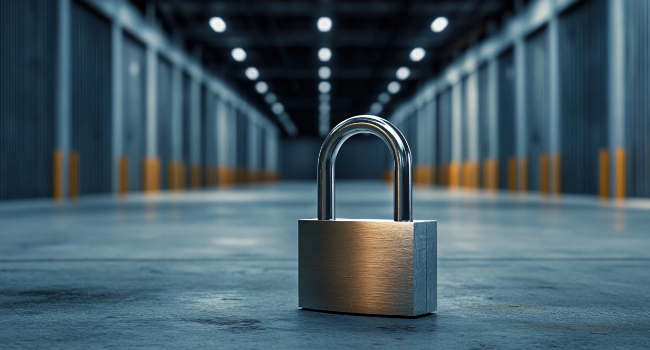
Facing Facts for Facilities
- By Craig Newell
- May 16, 2025
Despite the proliferation of constantly evolving security solutions, there remains a troubling trend among many facility operators who often neglect the most important security assets within their organization. Keys and shared devices like radios, laptops and tablets are crucial to successful operations, yet many operators are managing them haphazardly through outdated storage systems like pegboards and notebooks.
Not only does this represent a security threat if a key or device goes missing or ends up in the wrong person’s hands, but a financial risk as well, should that device need to be replaced, or a facility needs to be re-keyed. Fortunately, solutions exist to proactively address these risks and help facility operators safeguard their buildings.
Regardless of the size of a facility, there are inevitably differing access levels required for various staff. This is especially the case in shared space facilities that have multiple tenants.
Building operators, therefore, must institute some measure of intelligent key management, which includes modern key cabinets that integrate into the building’s access control system and are programmed so that only certain staff can access designated keys. The cabinet safely stores shared keys to a variety of areas like server rooms, maintenance closets, security headquarters, food and beverage.
By keeping keys in a strategic location that is monitored through an integrated system, operators have comprehensive insight into who has access to which key and when it was last checked out. Keys are assigned curfews so that if they’re not returned by a specific time, an operator is notified, which helps identify when a key may be lost and cuts down on the time spent looking for it.
For larger facilities, multiple cabinets are implemented at strategic locations, thereby eliminating the need for users to travel from one part of the facility to the other for a key. Managers can remotely monitor key usage from a central location, which allows them to reassign staff who were previously assigned to check out keys to another task within the facility. Key cabinets are also critical to producing audit reports for compliance purposes, as they prove who had access to which area and when.
Many of the same principles that apply to key cabinets are seen in intelligent asset management lockers, which store vital shared devices. These modular lockers are important to operations as they ensure radios, tablets and laptops are safe and accounted for, which extends their usage. Modern lockers include charging capabilities so that when a user checks out a device, the system will prioritize the most charged asset, which cuts down on the possibility of mistakenly taking a dead device.
If there is an issue with the device, a user notes it in the locker interface, which removes it from circulation until it has been corrected. Just like with keys, if an asset is not returned by a certain time, an operator is notified and can check the system to see who had the asset last.
While modular asset management lockers are typically for more permanent assets, there has been a growing interest among facility operators for temporary deposit lockers, particularly in shared environments. For instance, if a tenant or vendor needs to use a piece of equipment like a hard drive and the building operator wants to store it separately from internally used shared devices, it can be kept in a temporary storage locker.
Operators can assign access to a user for a certain time, which safeguards unauthorized access to that shared piece of equipment and maintains a clear audit trail of usage.
Despite the clear advantages of key cabinets and asset management lockers, many facility operators are hesitant to shift to more modern solutions in defense of standard operating procedures that they perceive to be failproof. Because security threats are constantly changing, it is important that solutions -- and subsequent processes -- advance in parallel to protect facilities and staff.
Moreover, it is critical that solutions integrate with existing access control platforms so that onboarding employees to them is seamless and access is activated or deactivated comprehensively through a single credential.
It is worth noting that implementing these smart solutions should be foundational for new facility construction, which is only expected to increase in the United States. By incorporating smart solutions from day one, operators send a clear message to staff that they are taking security and operations seriously and that they have invested in the people who conduct meaningful business inside their walls every day.
This article originally appeared in the May / June 2025 issue of Security Today.